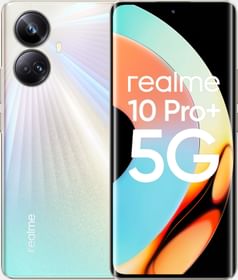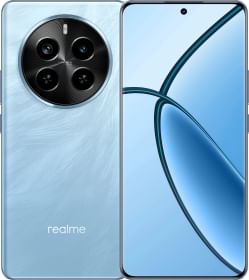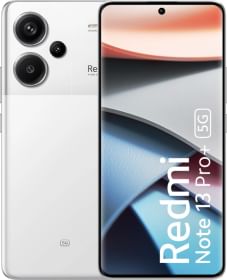Smartphones we daily use and hold close to us emit RF-EMF (radiofrequency electromagnetic fields) radiation, which has been known to negatively impact the development of figural memory. A recent report from the German Federal Office for Radiation Protection lists currently selling phones with emission rates exceeding the safe threshold. The matter of alert is top brands like Xiaomi and Oneplus holding top spots. On the other hand, Samsung phones faired well and the Galaxy Note 8 topped the list of phones emitting least radiation.
Update: Xiaomi has responded to the radiation issue with the following statement:
“All Xiaomi smartphones sold in India comply with the laws for SAR values and are well under the limit. Mi A1 has a SAR value of 1.26 W/kg (head) and 0.17 W/kg (body) in India. Values shared in the said report have been obtained from tests in Germany (where the conditions and standards for SAR testing and values are different from those in India) and thus cannot be compared to SAR values in India. For reference, India has a maximum limit of 1.6 W/kg while in Germany, the limit is 2.0 W/kg.”
ALSO READ: Facebook improves Ads and privacy measures for the 2019 Indian elections
Smartphone Radiation Alert List
The data is measured in “watts per kilogram”, and lower scores indicate lower radiation emission.
Xiaomi Mi A1 tops the notorious list with 1.75 watts per kilogram of radiation, followed by the OnePlus 5T (1.68), the Xiaomi Mi Max 3 (1.58) and the OnePlus 6T (1.55).
Premium flagships like Google Pixel 3XL (1.39 watts/kg), Google Pixel 3 (1.33 watts/kg), iPhone 7 (1.38 watts/kg) and iPhone 8 (1.32 watts/kg) are also occupants of this list.
Samsung phones fared very well in the radiation charts. The Galaxy Note 8 scored the lowest – 0.17 watts/kg. Meanwhile, few other good performers include names like the Samsung Galaxy A8 (0.24), Samsung Galaxy S8+ (0.26) and the Samsung Galaxy S9+ (0.29) with the least emission.
HTC’s U12 Life disappoints with a 1.48 score while its predecessor HTC U11 Life (0.28 watts/kg) falls in the least radiation club. The LG G7 ThinQ (0.24 watts/kg of radiation) and Motorola Moto Z (0.30) also impresses with their respective scores.
ALSO READ: Google’s Gmail uses TensorFlow to Block 100 Million Spam Messages Everyday
While the Chinese brands like Xiaomi and Oneplus performs poorly, another big brand Huawei was somewhere in the middle. Huawei Mate 20 Pro, the company’s crown jewel scores 0.4 watts/kg. Honor 8 Pro from its sub-brand, however, hits the charts with 1.28 watts/ kg of radiation emission. For some reason, Oppo and Vivo phones weren’t tested and hence their absence from the charts.
HMD Global’s Nokia 8 Sirocco closes the baseline with 0.59 watts/kg of radiation. Speaking of Baseline, let’s understand where’s the line drawn and on what basis.
Radiation Baseline Metrics
Most importantly, you must know that these scores are the maximum radiation emission values. This means the phones’ emission values are not static and could be fluctuating at all times.
While the German environmental agency Blue Angel certifies smartphones with a watt per kilogram reading of 2.0 watts/kg and lower, Indian standard draws the line at 1.60 watts/kg. Regardless of this difference, you could deduce that a lot of the offenders emits twice the acceptable standards.

































